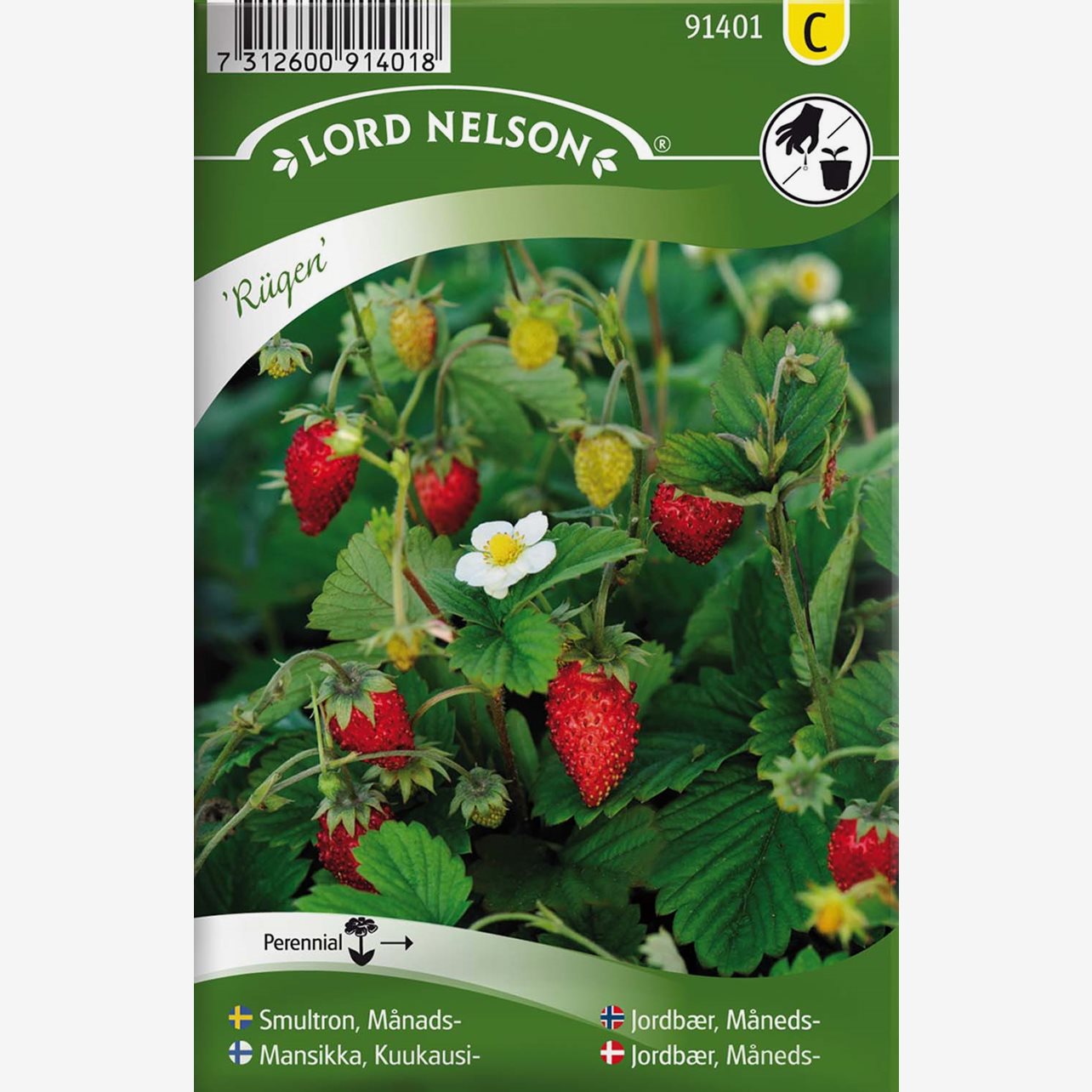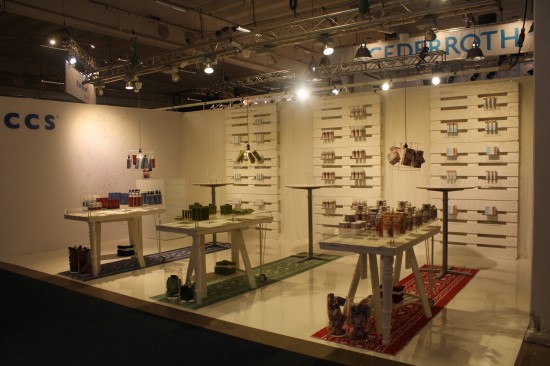

First it’s sour, then salty, then unabashedly licorice. The malt-coloured, sour powder-dusted gummy packs a punch. One of the most divisive pieces is a smiling licorice octopus. Since opening the store in July, the couple is still trying to figure out which candies sell and which ones don’t. I mix one of those with a red Swedish fish and they taste amazing together.” “We have one called ‘Going Bananas’ that’s a banana-shaped marshmallow that’s sour on the outside but it doesn’t taste like a banana. We have a marshmallow banana covered in chocolate which is to die for, we have the corn crisp and there’s a chocolate-covered gummy bear.” “I always recommend the sour candies because that’s what people tend to like,” says Schönberg.

Mouse-shaped gummies are geléråttor (jelly rats), marshmallows are vit kubik (white cube) and corrugated red licorice is smultron matta (wild strawberry carpet). And many of the gummies have a distinct chew to them, like a softer, less sticky taffy.Īs if it couldn’t get better, there are the Swedish names for the candies. The red candies, for example, are mostly raspberry and strawberry flavoured, but the red Swedish fish are flavoured with lingonberry. “So often you have this overwhelming sweetness in candy, but with the Swedish candy, the flavour comes out.”

“The high-fructose corn syrup is one of the bigger things people notice,” says Giraldo.
#Smultron matta free#
Everything is imported from Sweden and is free from GMOs, trans fats and high-fructose corn syrup. There are gummies in every imaginable shape (monkeys, skulls, racecars), chocolate-covered everything (nougat, cereal, gummy bears) and all manner of sour, squishy and chewy. But as soon as you approach the beveled white shelves and plastic bins filled with bright colours, it becomes clear. From the outside, it’s not immediately clear what the shop is, with its white walls, blond wood floors and theatrical black lights dangling from the ceiling. Schönberg and her husband Luis Giraldo own Karameller in Yaletown. When kids get their allowance, they bike to the convenience store and spend their allowance on bulk candy,” she says. “It’s a tradition that people grow up with in Sweden. Louise Schönberg grew up in Sweden, where Saturdays are called lördagsgodis - literally, “Saturday sweets.” (According to the Oxford Companion to Sugar and Sweets, the average Swede consumes 17.9 kg of candy each year, second only to the Danes.)
#Smultron matta zip#
When I was a kid, I got my allowance on Saturday mornings and would promptly zip to the corner store, spend 20 minutes trying to optimize the amount of candy I could get - always a fine balance between candy bars and sour gummies - and spend the rest of the day reading YA fiction and giving myself a stomachache.


 0 kommentar(er)
0 kommentar(er)
